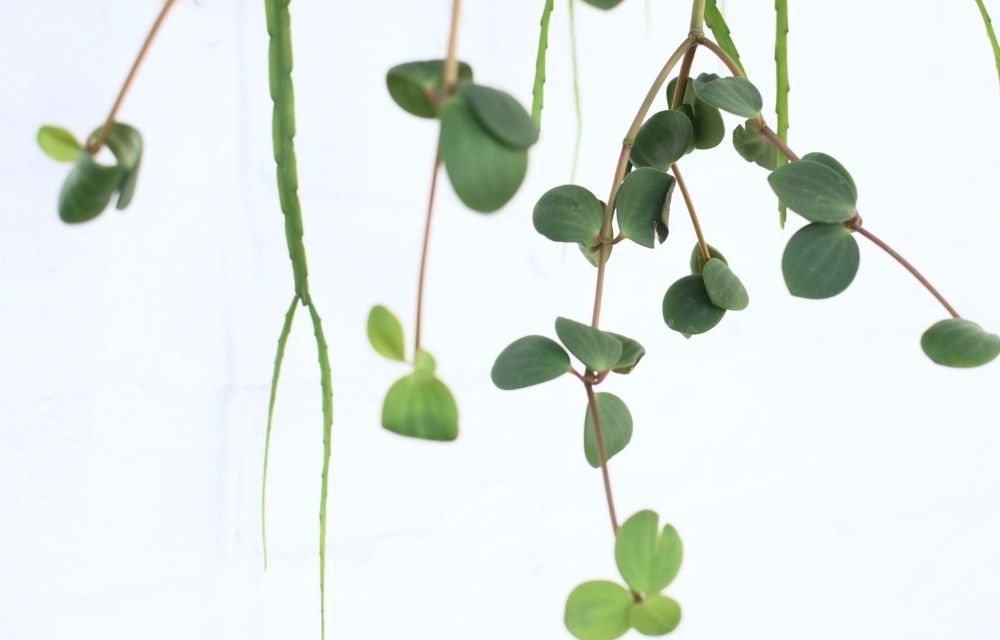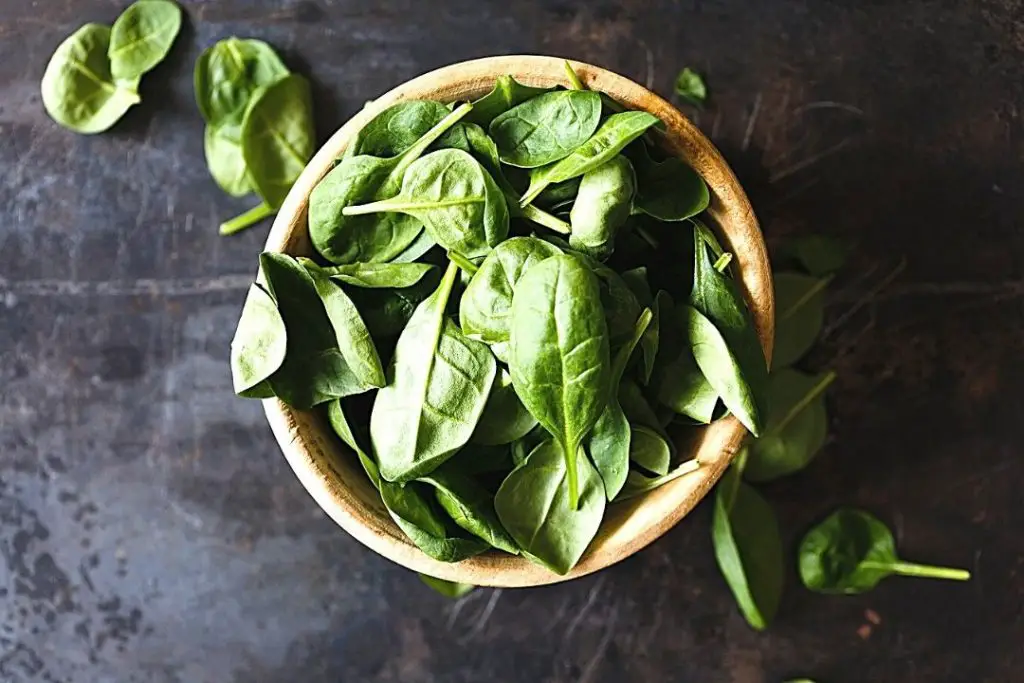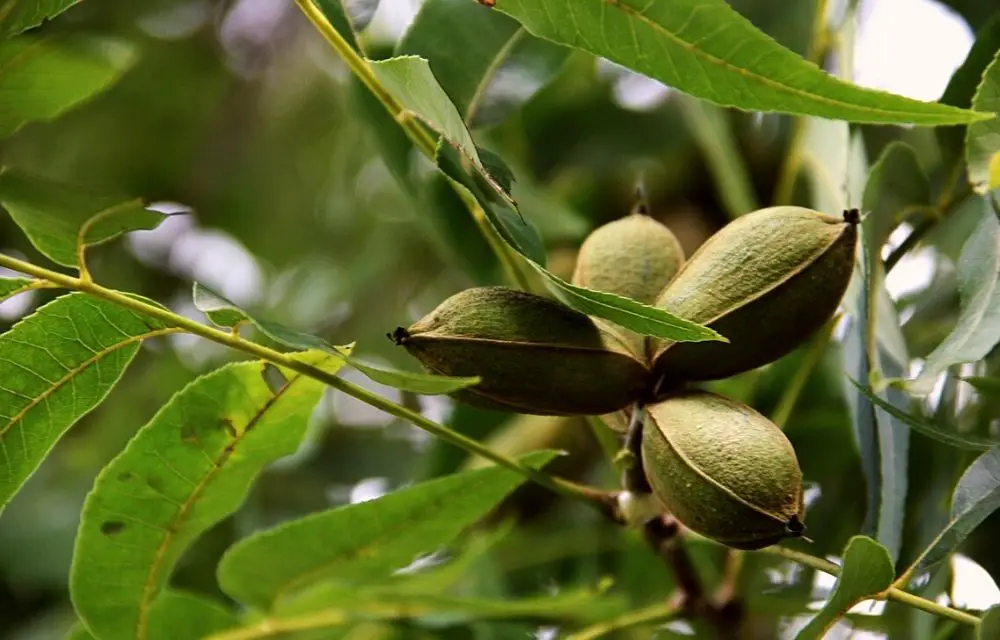Peperomia varieties are wonderful plants to have in your home. They’re easy to grow, versatile and can be found in many different colours and shapes. There are peperomias that are upright or cascading, peperomias with deep green leaves or variegated peperomia. The peperomias come in a variety of sizes too; some peperomia varieties only get up to about 6 inches tall while others can reach 3 feet!
In this article we’ll go over 18 different types of peperomia varieties you’ll see at garden centres and peperomia plant care to keep your plants thriving.
What are Peperomias?
Peperomias are an incredible plant that’s perfect for a beginner gardener. They’re low-maintenance plants that can be grown in many different conditions and they come in so many beautiful varieties it will make your head spin!
Each peperomia has its own personality, whether it prefers to have shade or sun, peperomias can be found in small pots or large ones, peperomias are happy plants that will thrive with minimal care.
Peperomia varieties are wonderful plants to have in your home. They’re easy to grow, versatile and can be found in many different colours and shapes. There are peperomias that are upright or cascading, peperomias with deep green leaves or peperomias with variegated leaves. The peperomias come in a variety of sizes too; some peperomia varieties only get up to about six inches tall while others can reach three feet!
Origins of Peperomias
Peperomias are thought to have originated from the Andes mountains in South America. In their native habitat peperomia plants can grow up to fifty feet (15 meters) tall, but they only reach about one foot when grown indoors as houseplants. The word peperomia means “pesty plant” and peperomias are often referred to as “the living pebble” because their leaves have a smooth texture and pebbly surface.
It is believed that peperomia plants were first introduced to Europe in the late 16th century, but they didn’t really become popular until the Victorian era when people started adding peperomias to their flower arrangements.
Peperomia plants come in a variety of shapes and sizes, with leaf textures that range from smooth to pebbled. Some peperomia varieties have leaves that are solid shades of green while others may sport yellow or red tones mixed into the colour scheme (or they might be variegated).
Peperomias can be grown in a variety of ways. They are usually sold as small plants, but peperomia seeds may also be purchased and the plant will grow from seed to harvestable pea pod within six months. Peperomia plants need little maintenance beyond good air circulation around their leaves (to prevent peperomia fungus), water, and a bit of fertilizer every now and then.
Did you know peperomias come in a wide range of shapes and sizes? There are about 1000 peperomia varieties that can grow up to 50 feet in the Andes, but peperomias only grow to about one foot when grown as houseplants. Many peperomia leaves are smooth with an intricate pebbly surface and some varieties sport yellow or red tones mixed into the colour scheme (or they might be variegated).
The genus peperomia is part of the Piperaceae family, along with many other plants such as kava.
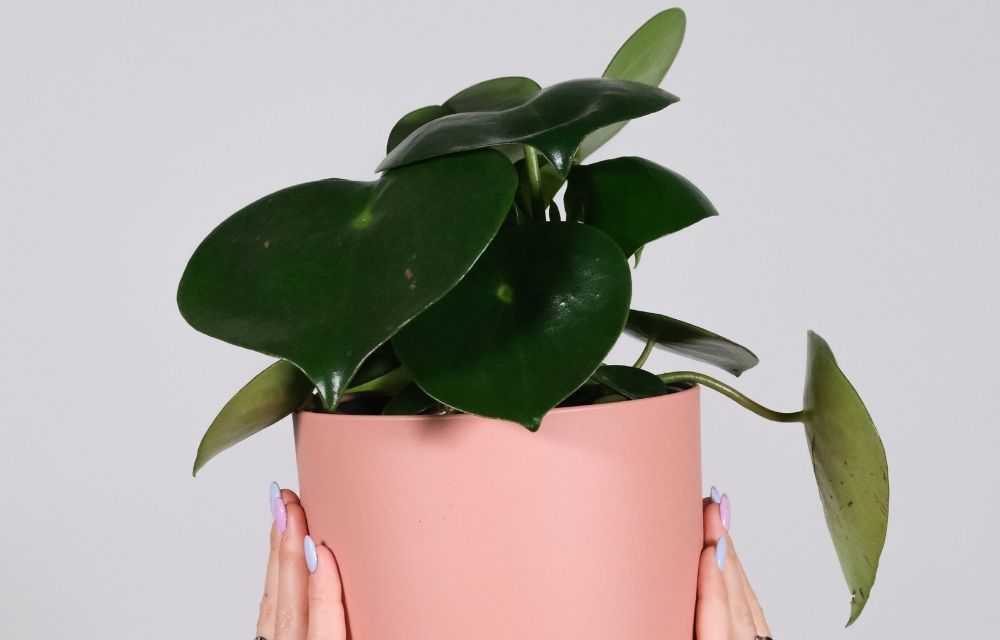
18 Peperomia Varieties
If you are looking to own a peperomia, we’re here to help you with an overview of peperomia plant types and provide guidance and care tips.
Peperomia Scandens (Cupid)
Peperomia Scandens (Cupid) is a peperomia variety originating from Brazil. This peperomia tends to have leaves that are darker green and they have kind of a scruffy look, which gives it its name “cupid”
It has sort of droopy looking stems with light green leaves that grow in a spiral pattern. This peperomia is one of the most commonly found peperomias and it can be grown outside as well as inside.
It has a slightly higher light requirement than other varieties but grows best with bright indirect light or direct morning sun. The peperomia will not thrive in too much heat and humidity, so make sure peperomia is in a cool environment. Peperomia Scandens can be propagated by cuttings or division from the parent plant.
It has no major problems with pests or diseases but it may suffer from leaf spotting, which will just require some treatment.
Peperomia Verticillata
Peperomia verticillata can grow up to 12 inches tall and is native to South America. This peperomia variety loves water, so make sure you don’t let the soil dry out in between watering times. You should also give them more light when they are indoors (they will need less during the winter months) and don’t let the peperomia verticillata sit in a draft.
Peperomia Abricosia
Peperomia abricosia is considered one of the rare peperomia varieties. It is native to Brazil and has black spots on its leaves which give it this name. In addition, peperomias with this varietal are labelled as being “liliputian” due to the small size of peperomia plants.
Peperomia abricosias are considered peperomia varieties that thrive in cool climates and require a minimum of 30 to 50% shade for optimal growth. They also do not like peat moss or composted bark so they need to be watered with distilled water only! Its leaves can grow up to four inches long and peperomia abricosias can grow up to a foot in height.
Peperomia abricosias are one of the peperomia varieties that is very sensitive with regards to light intensity, so they require a lot more care than other peperomias types. The peperomia abricosias is a plant hat likes to be pot-bound, and will eventually die if it’s not repotted.
Peperomia Nivalis
Peperomia nivalis is peperomia that has a silvery-white appearance with green leaves. They are hardy peperomia and can tolerate temperatures below zero degrees Fahrenheit, which makes them perfect for people in cold climates. The only downside to peperomias like this one is that they don’t produce any flowers.
Peperomia Stricta
Peperomia stricta is a peperomia variety that has been in existence for more than 100 years! This peperomia type can be grown as an indoor or outdoor plant. It features dark green leaves with white edges and small pointed teeth on the underside of each leaf. The flowers are either pink, often striped, with white sepals, or lavender with a yellowish centre.
Peperomia Obtusifolia (aka Baby Rubber Plant)
This peperomia variety is a popular peperomia for its tolerance of neglect. It prefers to be in higher light. The peperomia obtusifolia peperomia variety is also called the Baby Rubber Plant, because it has soft, thick leaves. This peperomia variety can grow up to 3 feet tall and 3 feet wide.
Peperomia obtusifolia peperomias are great for containers, as long as they have adequate sunlight. They can also be used in hanging baskets and to topiaries. When peperomia obtusifolia peperomias are watered well, their leaves will turn a dark green color rather than staying light green.
Peperomia obtusifolia peperomias prefer to be watered at least once a week and fertilized every other watering during the growing season, which is spring through fall in most climates.
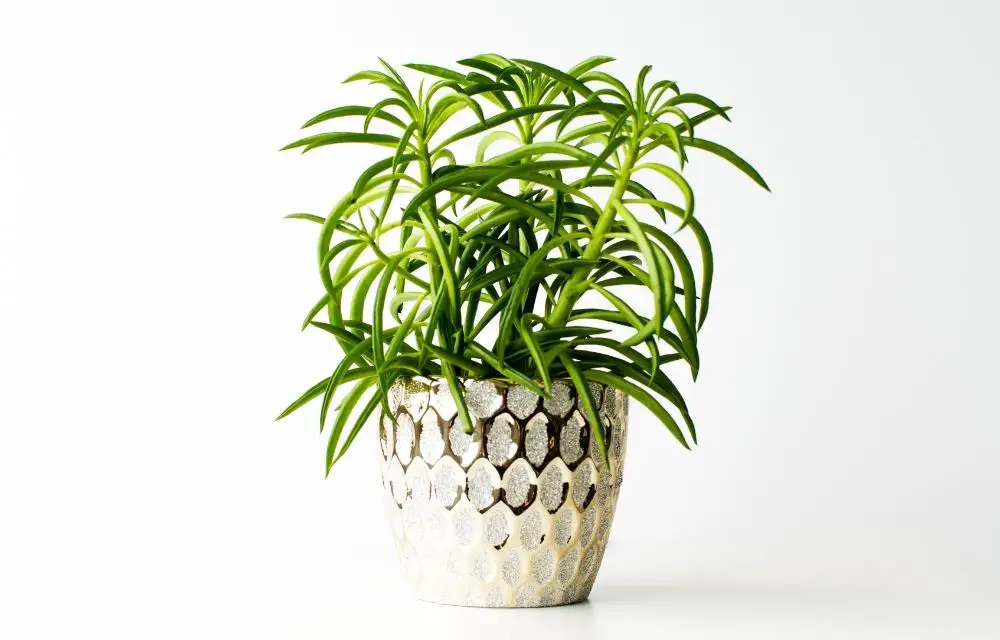
Peperomia Nevada
Peperomia Nevada is a peperomia variety with many uses. They are commonly used in hanging baskets but they also have ground cover varieties.
Peperomia, like to be watered every day or two and fertilized monthly, depending on the peperomia type.
If peperomia Nevada is being grown as a groundcover it may need to be fertilized every two weeks.
Peperomia Jasminoides (aka Creeping Jenny)
Peperomia Jasminoides is a peperomia variety with an upright habit. It has dark green leaves that are long and thin, often curling slightly at the end like fingertips. This peperomia variety will grow into a small shrub shape if left unchecked; it can be pruned to control its size.
This peperomia variety prefers bright indirect light and high humidity. It does not tolerate lower temperatures well, so it’s best to keep peperomias jasminoides indoors year-round or as a container plant on an outdoor porch. Peperomia Jasminoides is sometimes considered more difficult to grow than other peperomias due to its high light and humidity needs.
Peperomia Jasminoides is less commonly used as a peperomia variety in gardening but can be used as an indoor plant or ground cover.
Peperomia Rotundifolia (aka Oval Leaf Peperomia)
Peperomia Rotundifolia is a peperomia variety that has the distinction of being one of only two peperomias with variegated leaves. These oval-shaped plants are often found in hanging baskets because they need plenty of water and partial shade to thrive.
Peperomia Rotundifolia is a peperomia plant that’s very easy to grow and is usually recommended for beginners. It needs a partial shade environment and to be watered often. Its appearance is oval leaves with green edges and white or yellow stripes in the centre of each leaf.
Watermelon Peperomia (Peperomia Argyreia)
The Watermelon peperomia plant is often considered the “crown jewel” of peperomias. This variety has a smooth, green leaf with pink streaks and cream edges that are twisted into interesting shapes to add some character to its leaves. These plants also come in shades of yellow or white.
The watermelon peperomia plant can grow up to a foot tall with leaves that are around three inches across. It’s often grown as an indoor peperomia because it only needs about two hours of sunlight each day and doesn’t require any soil or water for the first six weeks after planting.
This peperomia variety is also called the “Majesty peperomia” and can be used as a groundcover in front of larger plants like green ferns or tall cacti.
This plant will grow up to one foot tall with leaves that are three inches across. It’s often grown for peperomia varieties because it only needs about two hours of sunlight each day and doesn’t require any soil or water for the first six weeks after planting.
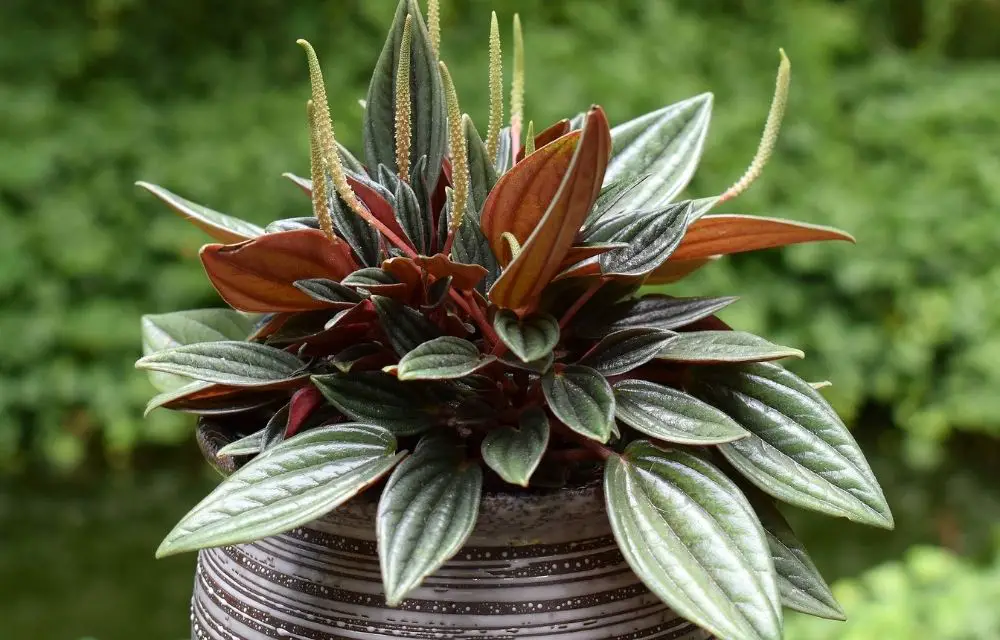
Peperomia Rosso
This peperomia is one of the most popular peperomias. It has a shiny red or dark purple leaf and can grow to be about 12 inches tall. This peperomia variety tolerates low light levels but prefers brighter spots indoors. Other than bright light, this peperomia needs water every week and to be fertilized monthly during the spring and summer months.
Peperomia Prostrata (aka String Of Turtles)
Peperomia prostrata peperomias are called String of Turtles in the UK. They have a very compact and thick upright rosette shape, hence their name. The leaves are dark green with some light green stripes on them. These peperomias can be grown indoors or outdoors as long as they’re not exposed to frost. They do well in small pots and can be grown on a windowsill or outside as long as they’re not exposed to extreme cold.
Peperomia Hope
Amongst the many types of peperomia plants, the peperomia hope is an unusual peperomia. It has a light, green-gray leaves with big white spots on the undersides that are reminiscent of polka dots.
Peperomia hope is one of the most popular peperomias because it’s so dainty and unique looking and people like to show them off in their homes or offices.
Read the full care guide on the peperomia hope here.
Ruby Glow Peperomia (aka Peperomia graveolens )
Peperomia graveolens, also known as the Ruby Glow peperomia, is a peperomia variety that has glossy leaves and small flowers. It’s often used in container gardening because it can withstand high levels of neglect. This peperomia variety is popular among flower enthusiasts and has a unique sweet scent that attracts bees.
They thrive best when they are in high light, well-draining soil and misted frequently.
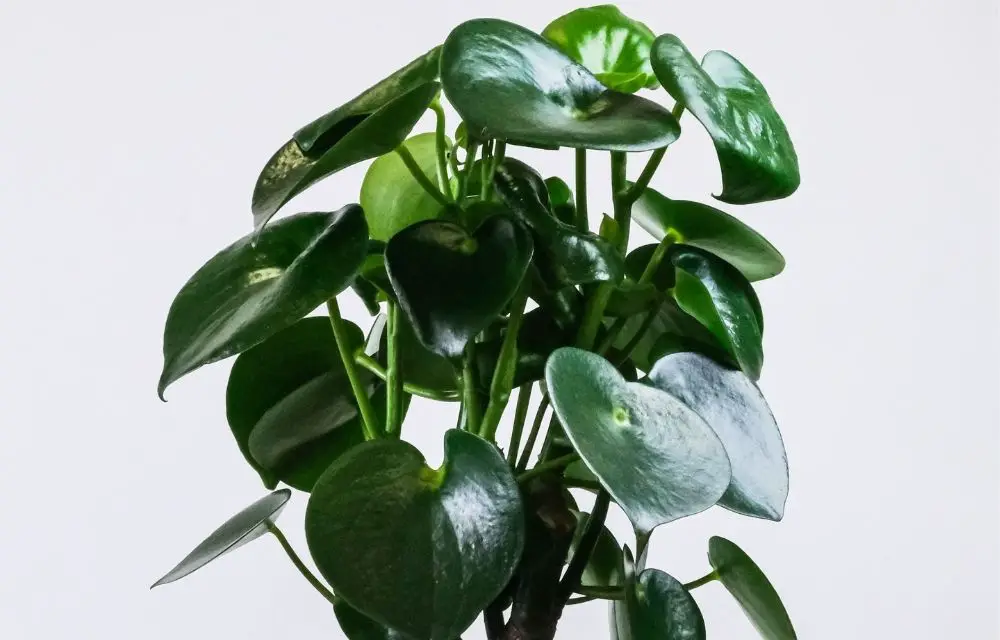
Raindrop Peperomia (aka Peperomia Polybotrya)
Raindrop peperomia is a sprawling plant that looks like ivy. It has dark green leaves and drooping stems, with small white flowers.
This peperomia requires bright indirect sunlight or morning sun to thrive in the house. Watering should be done every other day to keep it from getting too dry.
This peperomia does well in low light and is drought tolerant, but needs to be watered sparingly on a regular schedule or it will turn black. Use peat moss for this plant’s soil to help absorb excess moisture from the air that may cause rot due to overwatering.
The Raindrop peperomia is one of 18 peperomias that thrives in low light conditions.
Beetle Peperomia
Beetle peperomia is a peperomia plant that has red, fleshy leaves with black beetle-like markings on them. They are easy to grow indoors and outdoors, but they will not tolerate cold weather or frost.
If you have an area in your home where peperomias thrive well year round then this peperomia would be a great one to try. Beetle peperomia are easy to grow, indoors and outdoors but do not tolerate cold weather or frost well.
In the winter months keep this peperomia in an indoor area where it can get bright light without direct sun exposure. Provide just enough water to keep the peperomia moist but don’t let the peperomia become too dry.
This peperomia variety is best suited for a bright, indoor environment in the winter and outdoors during warmer months.
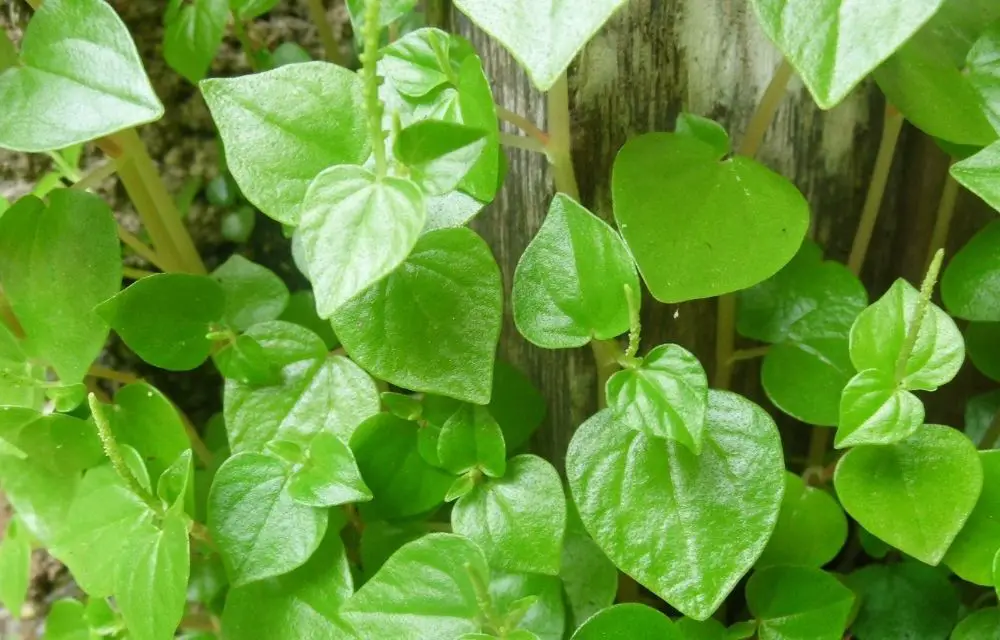
Peperomia Pellucida (aka Pearl Plant)
Peperomia pellucida is another peperomia plant that can withstand cold temperatures, often surviving below zero degrees Fahrenheit with ease. However, they are a little more sensitive to the sun and do need some extra attention there. If peperomias are left in direct sunlight for too long without water they can start to shrivel and die.
Peperomia pellucida is a peperomia that has green leaves with yellowish veins that gives them an appearance of looking like they are bathed in sunlight. For these peperomias, it’s important for people who live in colder climates to protect their peperomias during the winter. If peperomias aren’t covered in a blanket of snow, they should be put away from windows and out-of-the way places that might allow cold air to get access them.
Pilea Peperomia (aka Chinese money plant)
Pilea peperomia is a very small plant with leaves that wrap around each other and are shaped like pebbles.
This peperomia’s growth rate can be affected by the amount of light it gets, but will generally stay relatively slow in comparison to most houseplants.
Pilea peperomia prefers moist soil and like peperomias, it has the ability to grow in low light conditions.
Its leaves have a tendency to turn brown quickly if given too much sun or not enough water.
Bright indirect sunlight is best for this peperomia variety because direct sunlight will often cause its leaves to burn from over-exposure to UV radiation.
The peperomia should be watered when the top of the soil is dry – usually about once a week, depending on how much light it’s getting and whether or not you’re using a potting mix with more than one part per volume (meaning there are nutrients in peat moss).
Get the full care guide here.
Common Issues with Peperomias
Peperomia plants are fairly low maintenance, but they may experience some common peperomia problems. The most obvious issue is one of peeling leaves – peperomia often start to show signs of this when their water levels become too high or dry and the peels will generally stay loose until watered again.
Another problem that can occur is peperomia rot. This happens when the peperomias are given too much water and it can cause them to start leaking a white substance from their stems, roots or leaves.
To avoid peperomia – which leads to peeling of the plant’s leaves, browning tips on growths or leaf edges as well as peeling of the peperomia’s bark – it is important to keep peperomia in a well-lit, moist environment.
Tips on Keeping Peperomias Happy
Keeping peperomias happy is easy! Here are some tips on how to keep your peperomias thriving.
- Water peperomias as needed, but don’t water them more than necessary. The soil should never be soggy or saturated and you can tell by the weight of it if this might happen.
- Keep peperomias near a window, but not in direct sunlight. Peperomia enjoy indirect light and this will help them grow well.
- Peperomias are quite hardy plants and can withstand many conditions! They won’t need to be watered as often if they’re away from the windows or other sources of heat.
- Fertilize peperomias once a month with an organic fertilizer like Miracle Grow.
- You can also use peat moss in the soil to ensure that it retains moisture and doesn’t dry out too quickly.
Keep peperomia happy! They’re easy as pie–try them today!
Peperomia Varieties Frequently Asked Questions
How many species of Peperomia are there?
Currently, there are around 180 peperomia varieties, and the list continues to grow. There is still a lot of work that needs to be done in order for peperomias to have their own classification system. Names will differ depending on your geographical location as well as other factors.
Does Peperomia like the sun?
Peperomia is a genus of plants that are native to the Americas. These peperomias produce small, often heart-shaped leaves that can come in a variety of colours and patterns: from light green with dark coloured leaf veins or deep mahogany reds to nearly black. In general peperomia is like bright indirect light with peperomia preferring morning sun and afternoon shade.
Is peperomia a good indoor plant?
Peperomia is an excellent indoor plant because it can grow beautifully in low light. It’s not a good idea to place peperomias anywhere near windows though, as they do best with indirect sunlight.
Is peperomia a vine plant?
Peperomia is not a vine plant, it’s a herbaceous perennial. Meaning it does not have a woody stem and dies back to the ground each winter before coming up in spring again.
Does peperomia plant purify air?
Peperomia plants do not purify the air.
Is Peperomia toxic to dogs?
No peperomia is not toxic to dogs. It can cause some stomach upset if ingested, but otherwise, they are safe for them.
Conclusion
Peperomia varieties come in all shapes and sizes. Some peperomias are bushy, others grow up to be long-leaved plants that look similar to snake plants or aloe vera plants. When peperomias are happy they will produce green leaves with white speckles on them.


